AS9100-D Customer Product Requirements Procedure Template Word
The AS9100-D Customer Product Requirements Procedure Template Word is a comprehensive document that outlines the process for identifying, documenting, and managing customer product requirements in compliance with the AS9100-D standard. This template is designed to help organizations in the aerospace industry establish a systematic approach to managing customer requirements, ensuring that all products meet the necessary quality standards.
The template includes a step-by-step guide for identifying customer requirements, including how to gather and document information, how to analyze and prioritize requirements, and how to communicate requirements to relevant stakeholders. It also includes guidance on how to manage changes to customer requirements, ensuring that any changes are properly documented and communicated to all relevant parties.
Using this template can help organizations streamline their customer requirements management process, reducing the risk of errors and ensuring that all products meet the necessary quality standards. It can also help organizations demonstrate compliance with the AS9100-D standard, which is a requirement for doing business in the aerospace industry.
The AS9100-D Customer Product Requirements Procedure Template Word is fully customizable, allowing organizations to tailor the document to their specific needs and requirements. It is also easy to use, with clear instructions and guidance throughout the document. Whether you are a small business or a large organization, this template can help you establish a robust customer requirements management process that meets the highest quality standards.
Customer Product Requirements Procedure AS9100
The Customer Product Requirements Procedure AS9100 describes the methods used to determine aerospace customer requirements for aircraft products and services. The procedure ensures the company has the ability to meet these requirements before committing to the customer.
This procedure applies to Customer Service Representatives and Sales personnel responding to inquiries from customers regarding products or services. This also applies to the Manufacturing Manager, the Engineering Manager, the Service Manager, and the Procurement Manager supporting Customer Service Representatives in the Quotation Process. (6 pages, 1360words)
Customer Product Requirements AS9100 Responsibilities:
Customer Service Representatives are responsible for coordinating the quotation process and preparing the Quotation.
The Engineering Manager is responsible for preparing cost estimates for new or modified existing products.
The Manufacturing Manager is responsible for providing lead times and reviewing the cost estimate for reasonable labor costs.
The Procurement Manager is responsible for obtaining cost estimates for materials, supplies and subcontracted services if required.
The Service Manager is responsible for providing cost estimates for service requirements.
The Marketing Manager is responsible for developing product and service content for publication (e.g., brochures, letters, advertising, web-based material).
Customer Product Requirements AS9100 Definitions:
Budgetary estimate – Rough estimate of project costs, usually expressed as a range, which is finalized once the contract is awarded. A budgetary estimate is used when the cost to the Company to generate a firm contract amount is high in comparison with the contract amount and the likelihood of receiving the contract.
Customer requirements – Customer needs translated into technical requirements for the product or service; customer wants in stated or implied terms.
Request for Proposal (RFP) – an invitation for suppliers, through a tender process, to bid on a specific product or service.
An RFP typically involves more than price: other required information may include the Company’s information and history, financial information (can the company deliver without risk of bankruptcy), technical capability (used on major procurements of services, where the item has not previously been made or where the requirement could be met by varying technical means), product information (e.g., stock availability, estimated completion period), and customer references that can be checked to determine a company’s suitability.
RFP’s often include specifications of the item, project, or service for which the proposal is requested – the more detailed the specifications, the better the chances that the Company’s proposal will be accurate. Generally, RFP’s are sent to customer-approved suppliers or vendors.
Tender – Process by which a business or government entity seeks quotes for a particular project (e.g., part fabrication, assembly) to be carried out by a contracting company.
Customer Product Requirements Procedure AS9100 Activities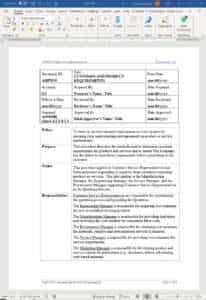
- General Aerospace Requirements
- Requirements Acquisition
- Budgetary Estimates
- Revised Requirements
- Requirements Proposal Review
AS9100 References
- AS9100:2016 Rev D, “Quality Management Systems – Requirements for Aviation, Space, and Defense Organizations”, SAE International, Sept., 2016.
- Aerospace Quality Procedures
- AQP1000 DOCUMENTED INFORMATION CONTROL
- AQP1080 ORDER ACCEPTANCE
- AQP1090 PROJECT PLANNING
- Regulatory requirements
Example of regulatory requirements may be found in the U.S. Code of Federal Regulations, Title 14 – Aeronautics and Space.
Customer Product Requirements AS9100 Forms
- Aerospace Customer Requirements Checklist Form
- Customer request for proposal (RFP)


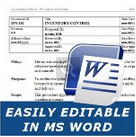
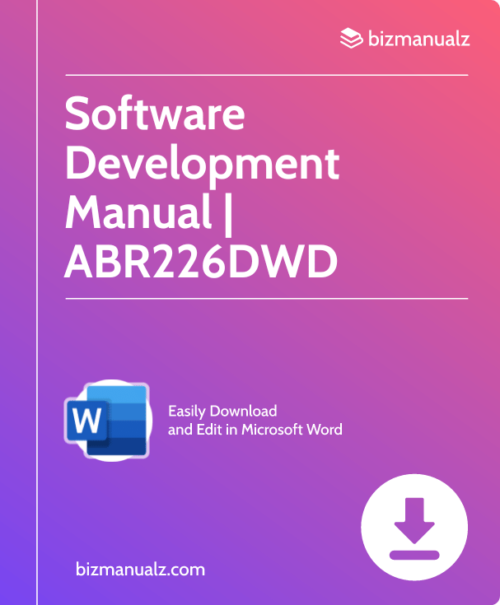
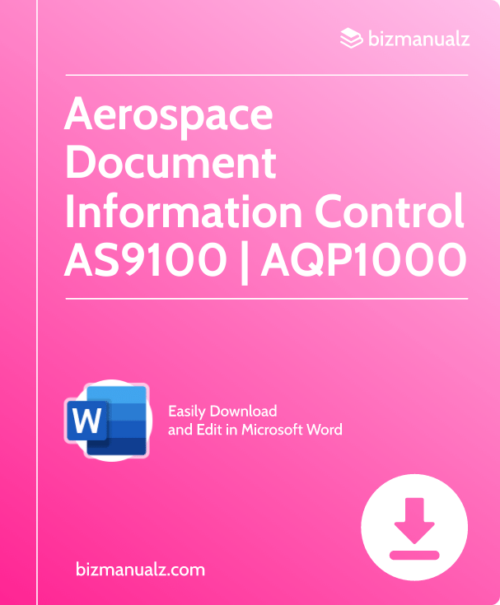
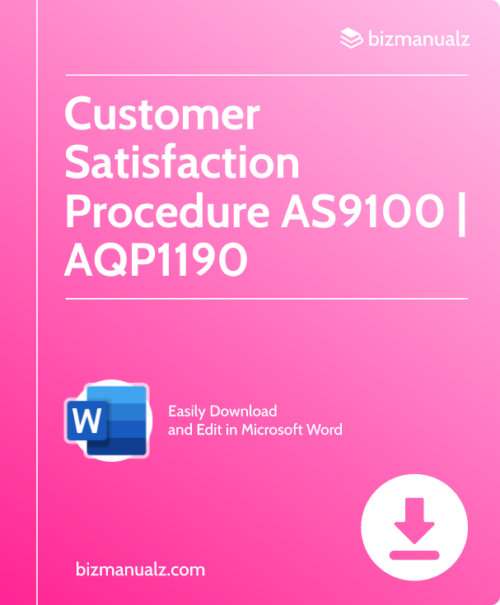
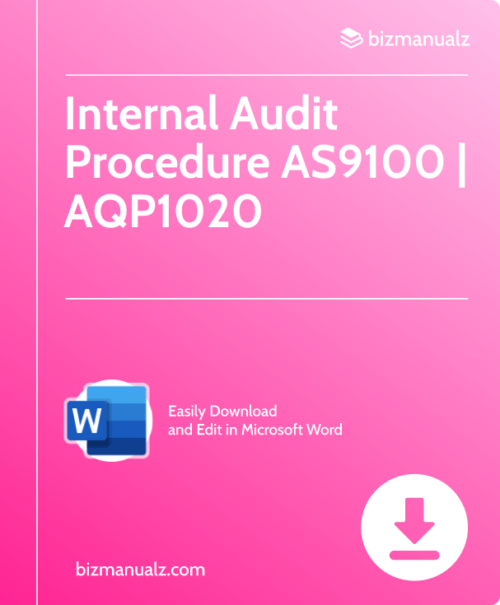













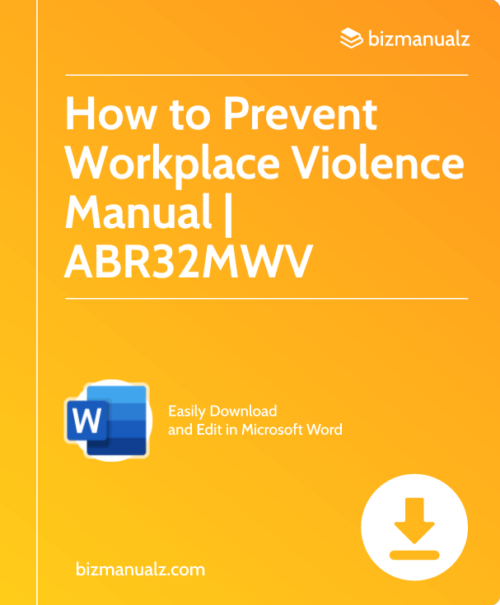
Reviews
There are no reviews yet.